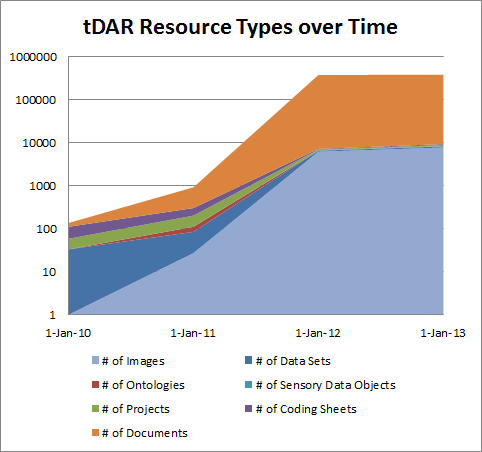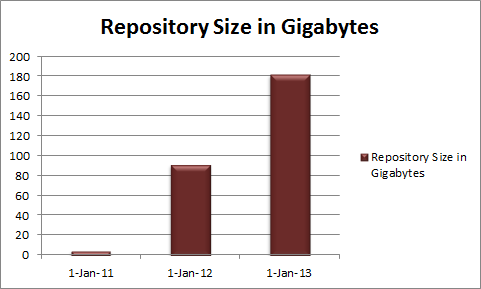What are data papers? Data papers are a new type of publication that combine a narrative short paper and a data set (such as lithic artifact attributes, chemical/physical components of a set of pottery sherds, or a faunal data). Like more standard journal publications, data papers can be peer reviewed. The short text describes the data set, its contents, and methods for collection as well as guidelines its use and potential for re-use.
Publishing data sets is a new way to publicize and share your work that is still novel in the sciences. Now there are two archaeological journals leading the way: Internet Archaeology and the Journal of Open Archaeology Data (JOAD). Both journals are peer-reviewed and publish data papers so that they are openly accessible online. Importantly, both journals list tDAR as a trusted repositories where authors can submit their data sets to ensure their long-term accessibility and preservation.
The move towards publishing data sets is an important for archaeological development. Archaeological projects typically do not move digital data into repositories where they are accessible and securely stored. Additionally, few institutions provide proper digital curation, such as archaeology specific metadata, which assures long term preservation for future uses. tDAR couples domain specific knowledge with solid digital preservation practice to provide a place for archaeologists to store and share their research, including datasets.
For more information on submitting a data paper to Internet Archaeology, visit their information page. For an example of a data paper in Internet Archaeology, have a look at Wynee-Jones and Fleisher’s paper Ceramics and Society: Early Tana Tradition and the Swahili Coast.
For more information on submitting a data paper to JOAD, visit their submission page. (The page also includes a great graphic representation of the publishing process). For an example of the data papers published in JOAD, you may want to have a look at Andrew Pearson’s Dataset to accompany the excavation report for a ‘liberated African’ graveyard in Rupert’s Valley, St Helena, South Atlantic.

